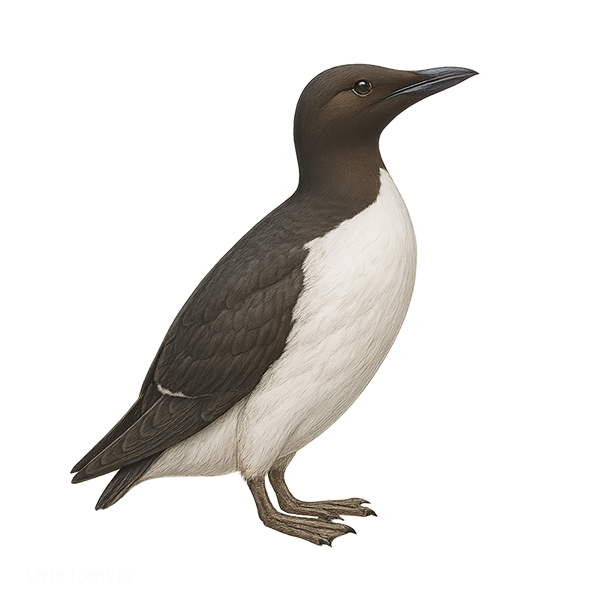Your wildlife photography guide.
Explore the thick-billed murre in detail, study its behavior, prepare your shots.
Where to observe and photograph the thick-billed murre in the wild
Learn where and when to spot the thick-billed murre in the wild, how to identify the species based on distinctive features, and what natural environments it inhabits. The WildlifePhotographer app offers tailored photography tips that reflect the thick-billed murre’s behavior, helping you capture better wildlife images. Explore the full species profile for key information including description, habitat, active periods, and approach techniques.
Thick-billed Murre
Scientific name: Uria lomvia

IUCN Status: Least Concern
Family: ALCIDAE
Group: Birds
Sensitivity to human approach: Suspicious
Minimum approach distance: 10 m
Courtship display: June to July
Incubation: 30-34 jours
Hatchings: July to August
Habitat:
Cliffs, rocky coasts, polar seas
Activity period :
Primarily active during the day, with peak activity in the morning and late afternoon.
Identification and description:
The Thick-billed Murre, or Uria lomvia, is a robust seabird found in the cold waters of the Arctic and subarctic regions. It is identifiable by its distinctive black and white plumage, with a black back and white belly, as well as its thick, short bill. This bird is an excellent diver, capable of reaching impressive depths to catch fish and crustaceans, which make up the bulk of its diet. Breeding colonies are typically located on steep cliffs, where the birds nest in large groups to protect themselves from predators. Although currently listed as Least Concern by the IUCN, the Thick-billed Murre is vulnerable to climate change and marine pollution, which threaten its natural habitat.
Recommended lens:
400 mm – adjust based on distance, desired framing (portrait or habitat), and approach conditions.
Photography tips:
To photograph the Thick-billed Murre, it is advisable to use a telephoto lens of at least 400mm to capture detailed images without disturbing the bird. The best opportunities often arise during the breeding season when the birds gather in large colonies on cliffs. Try to shoot early in the morning or late in the afternoon to take advantage of soft light and avoid harsh shadows. Be patient and wait for the bird to adopt an interesting posture or interact with its peers to achieve dynamic and captivating shots.
The WildlifePhotographer App is coming soon!
Be the first to explore the best nature spots, track rutting seasons, log your observations, and observe more wildlife.
Already 1 429 wildlife lovers subscribed worldwide

